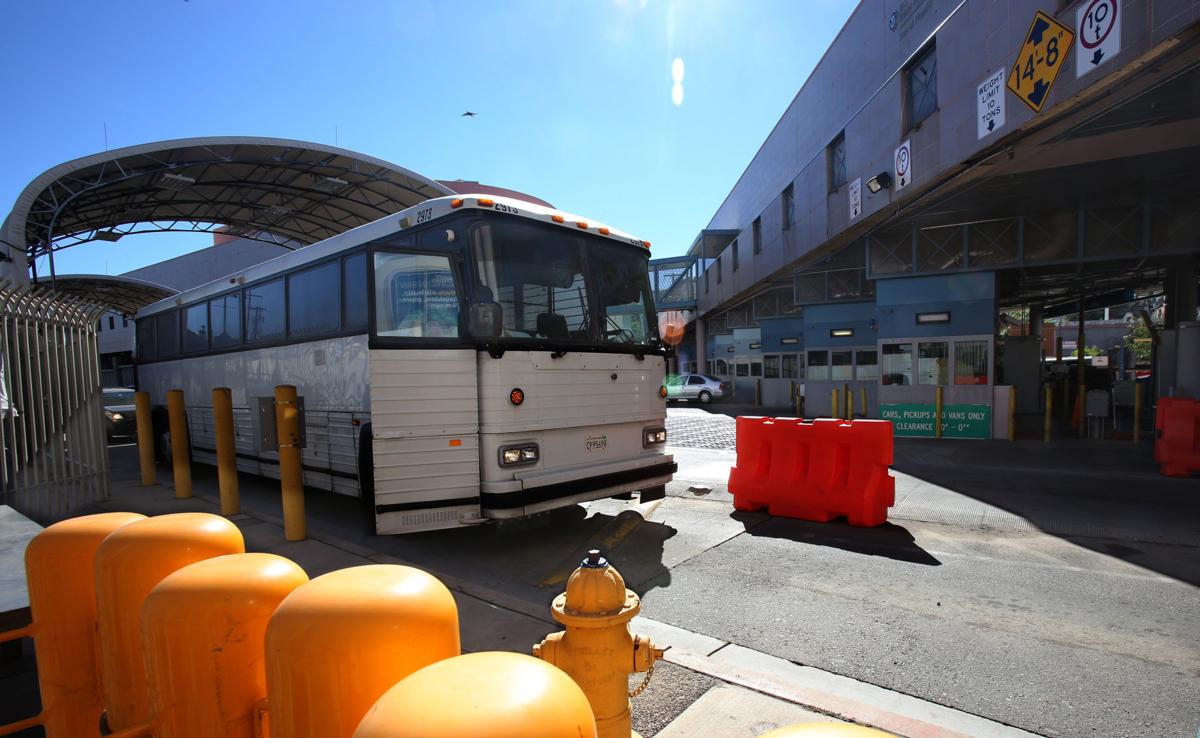SAN DIEGO — U.S. Customs and Border Protection on Tuesday began testing the use of body cameras by its employees at nine locations, potentially leading to a broad rollout by the nation's largest law enforcement agency that would make it the first federal agency to use the devices on a large scale.
Customs and Border Protection previously concluded in 2015 after a yearlong study that body cameras were not yet suitable for widespread use due to cost, technological challenges and the need for labor union approval. However, it said the cameras had potential in limited circumstances.
The agency's review also found that cameras used in field tests did not function well in the rugged, remote conditions in which many Border Patrol agents work.
"Some fared better than others," said Austin Skero, director of the agency's law enforcement safety and compliance directorate.
Customs and Border Protection officials said technology has evolved since the 2015 test, and the cameras used in the current field tests will build on lessons learned in the previous test. The equipment was provided by several manufacturers the agency declined to name.
Officials also said the potential benefits of the cameras include providing evidence in criminal cases, improved training and strengthening of job performance and accountability.
Employees will be expected to turn the cameras on and off during incidents involving use of force and encounters that "are likely to become hostile, adversarial or confrontational," Skero said.
Congress agreed to fund the tests by allocating $5 million in the Obama administration's final year.
The tests during under then-President Barack Obama came amid mounting scrutiny of employees using excessive force. Customs and Border Protection employees used firearms 55 times in 2012, a number that dropped to 17 last year.
Nearly every large U.S. police department has equipped at least some officers with body cameras, and many publicly release footage following high-profile shootings and other encounters.
A 2015 survey of 70 of the largest law enforcement agencies around the country by the Major Cities Chiefs Association and Major County Sheriffs' Association found that 95 percent had either implemented body cameras or had committed to moving forward with body-worn camera programs.
Following the shooting of Michael Brown in Ferguson, Missouri, Obama pledged funding to equip 50,000 officers across the country with body cameras in three years. Police departments have varying policies about how long they must retain the video, when cameras have to be turned on or can be turned off, and whether video can be released.
Customs and Border Protection said practical policy and privacy questions would need to be addressed, as well as costs, maintenance, storage and training, before widespread deployment of the cameras could occur.
Associated Press writer Michael Balsamo in Los Angeles contributed to this report.





